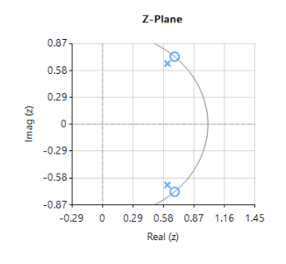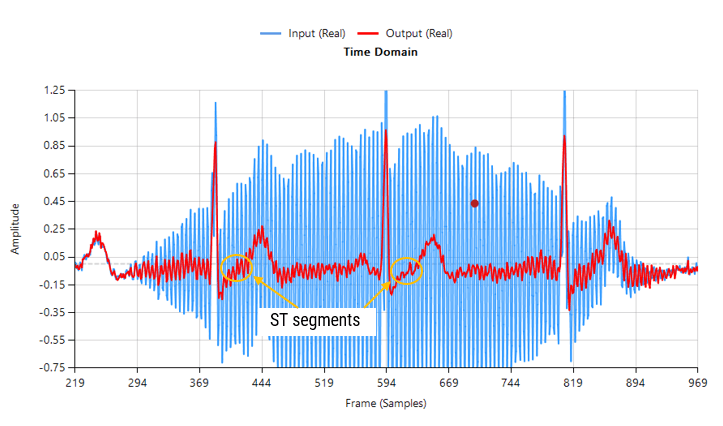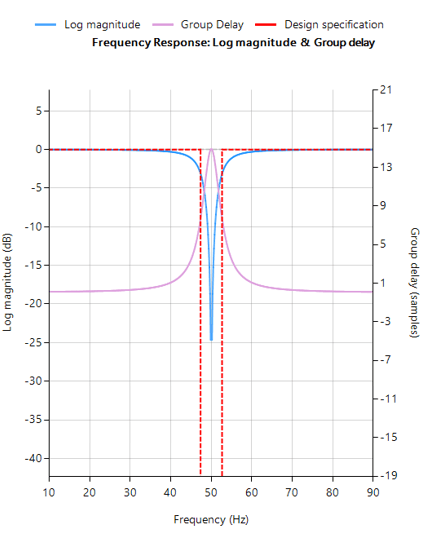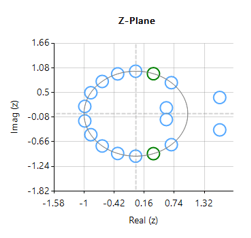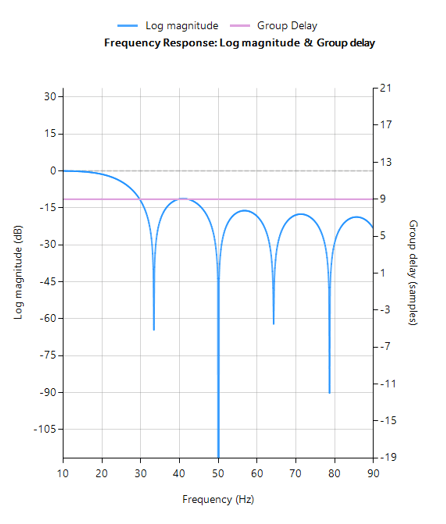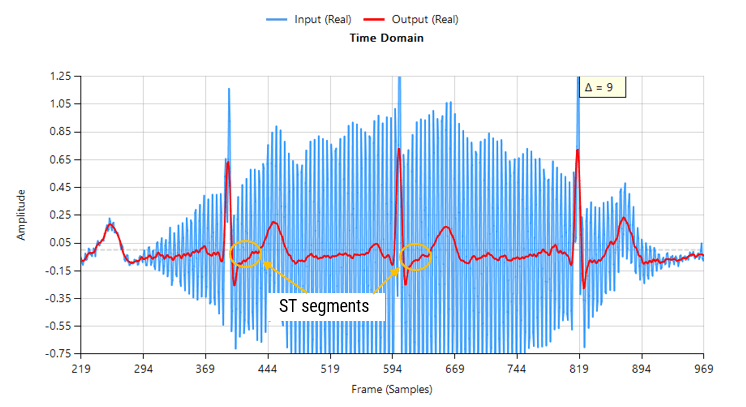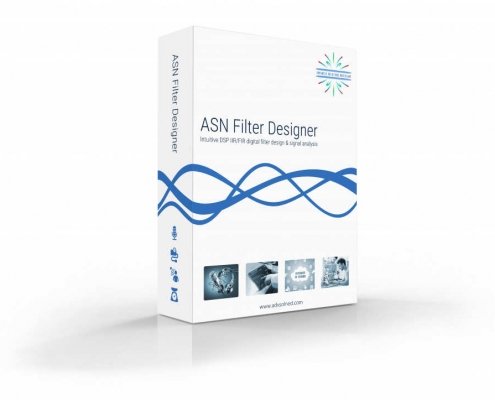Vanaf gisteren zit Nederland in een harde lockdown. Het AD: “Lang was een harde lockdown iets voor andere landen, wij deden het ‘intelligent’ of ‘gedeeltelijk’. Maar nu pakt het kabinet toch de grote hamer en gaat Nederland een maand lang bijna helemaal op slot. Waar ging het mis?”
Daarbij noemt het AD 4 redenen:
- Gedrag: de pure angst is weg
- Scholen: ‘kinderen wellicht onderschat’
- Seizoenseffect: ‘Speelt zeker mee’
- Beleid: ‘Te traag, te laat’
Social Distance
Het artikel noemt dat in het begin van het jaar veel mensen thuis bleven vanwege angst zelf corona te krijgen. Nu blijkt dat niet iedereen met covid-19 meteen op de IC komt, is deze angst verdwenen. Daarbij is de rek er bij mensen uit, om gedragsregels na te leven.
Dat uit zich in het feit dat mensen veel minder thuis blijven: meer winkelen, meer reizen en steeds vaker op het werk. Daarbij wordt tevens de social distance niet altijd in acht gehouden: naast het zoveel mogelijk thuis blijven het handhaven van de social distance een van de voornaamste manieren om covid verspreiding tegen te gaan.
Een andere reden is dat de verspreiding van Covid bij kinderen, vooral die tussen 12 en 18 jaar, onderschat is. 8,5% van de herleidbare besmettingsbronnen van de afgelopen week was te herleiden naar school of kinderopvang. Daarnaast is het moeilijk grip te krijgen op de verspreiding onder de jeugd: de meeste jongeren hebben geen of slechts milde klachten. Daardoor kunnen ze corona binnen het gezin en verder verspreiden, die op hun beurt kwetsbare groepen als ouderen kunnen besmetten.
Seizoenseffect
Het artikel: “Weer en klimaat spelen een rol, zegt Osterhaus, al durft hij er geen gewicht aan te hangen. ,,De combinatie van temperatuur, uv-licht en vochtigheid telt mee, ik weet het zeker. Bovendien zitten we meer binnen bij kou en hoesten we elkaar eerder aan. Maar hoe groot het seizoenseffect is weten we nog niet. Feit is dat ook in warme landen dit virus nog altijd problemen geeft.”
Beleid te traag?
“Osterhaus zegt het al maanden, ic-boegbeeld Diederik Gommers pleitte er afgelopen weekeinde ook voor: de regering moet sneller reageren op de curve van het virus. Dat betekent: harder ingrijpen als aantallen oplopen, maar ook eerder versoepelen als corona een tandje terugschakelt.”
Wij durven geen uitspraken te doen of het beleid te traag was. Wel: wanneer Nederlanders de maatregelen als zoveel mogelijk thuis blijven en het handhaven van de social distance hadden nageleefd, zou er waarschijnlijk geen lockdown nodig zijn geweest.
Advanced Solutions Nederland kan helpen met het handhaven van de social distance op het werk, openbare gebouwen en scholen. Juist in situaties waar de social distance wel eens vergeten wordt, kan een covid buzzer helpen. Daarnaast is de Covid Airmex ontwikkeld: een device die controleert of de temperatuur, luchtvochtigheid, vluchtige stoffen en co2 optimaal zijn om de verspreiding van het covidvirus zoveel mogelijk tegen te gaan.

